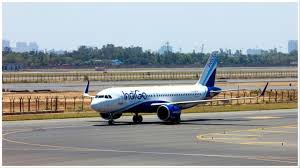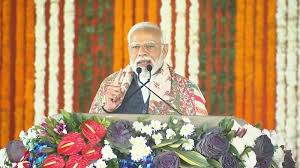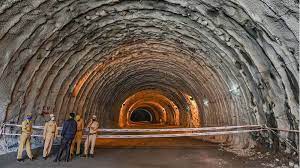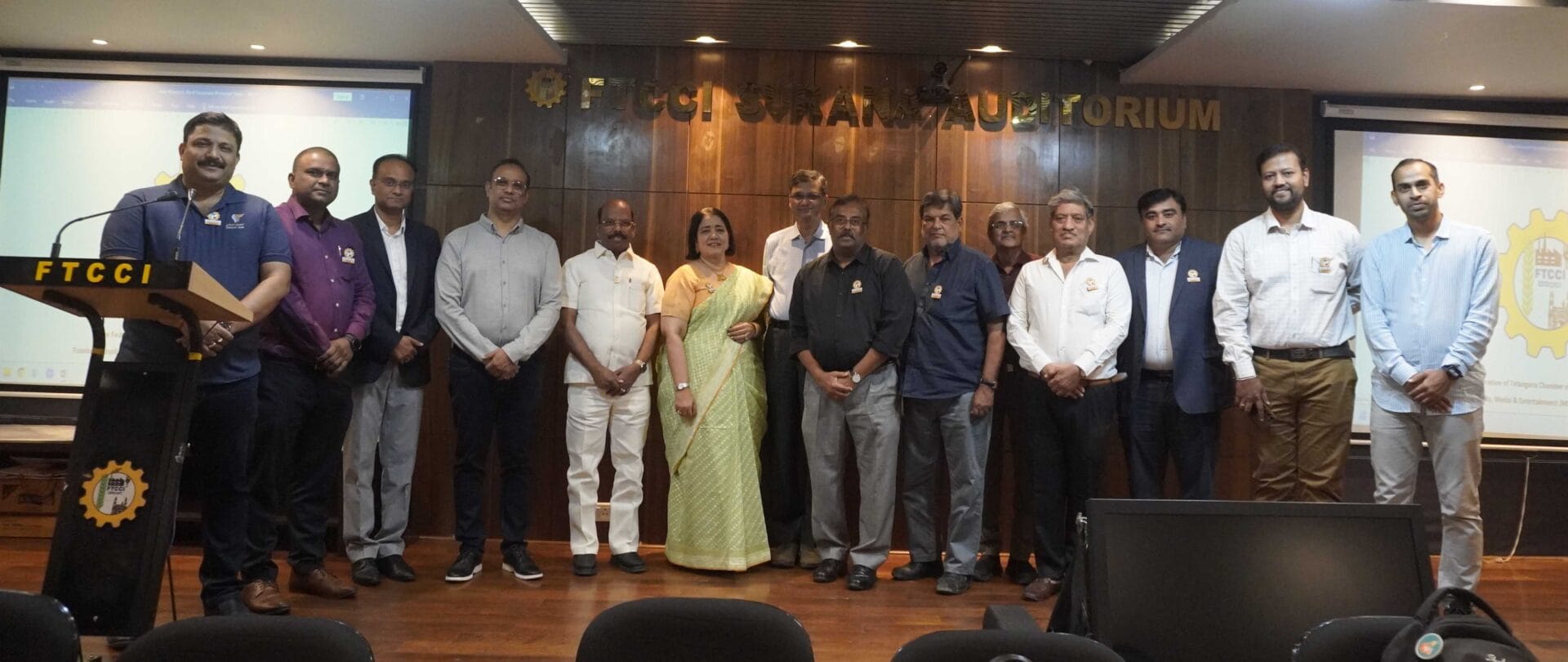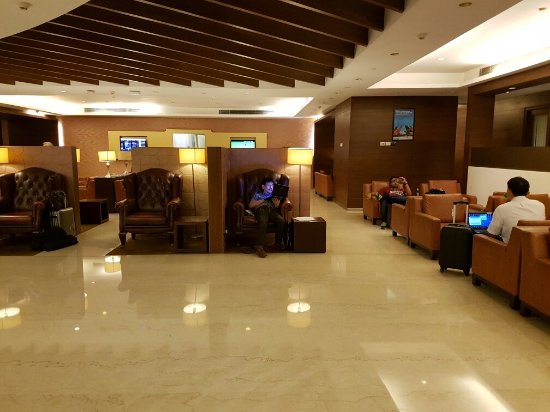IndiGo to connect Kolkata with Srinagar & Jammu from April with direct flights
Low-cost carrier IndiGo has said it will operate direct flights from Kolkata to Srinagar and Jammu, as a part of its new domestic route connections in the upcoming summer schedule. The direct flights between Kolkata-Srinagar

